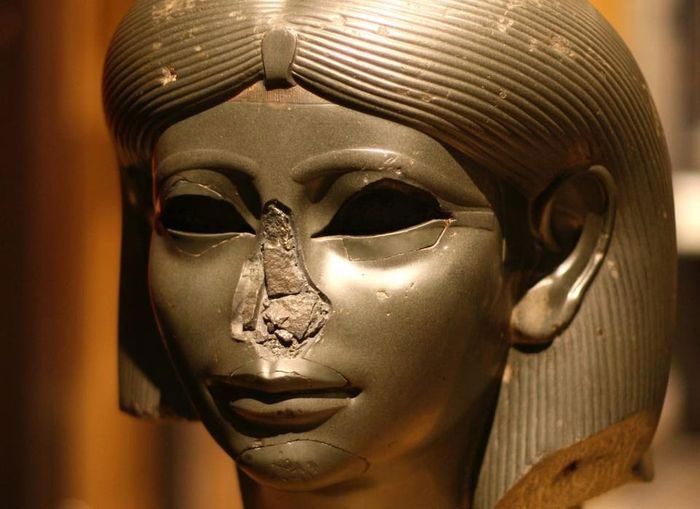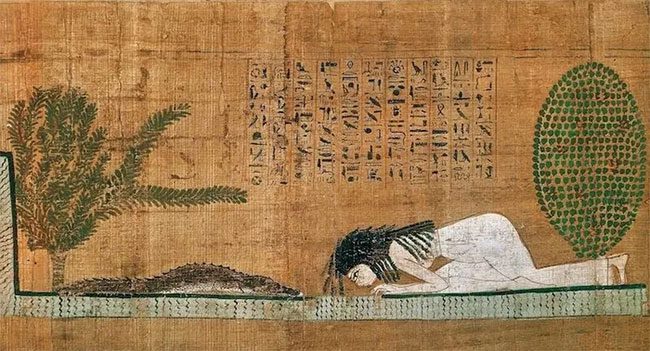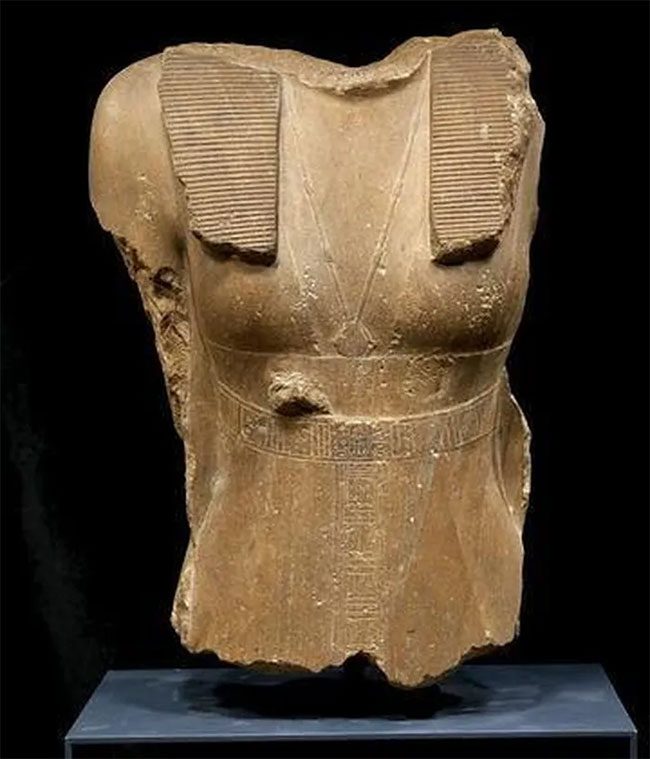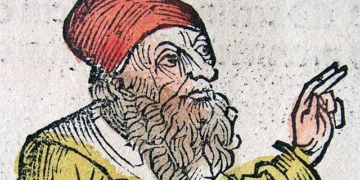Neferusobek reigned for just over 3 years, yet she is highly regarded for what she did to protect her people.

The statues of Neferusobek were found in a damaged state. (Photo: Flickr).
Ancient Egypt was essentially a man’s world, ruled by pharaohs. However, at certain times, women held power in the governance of the nation.
Throughout nearly 3,000 years of history, Egypt recorded 6 women who ascended to the highest positions, namely: Merneith, Neferusobek, Hatshepsut, Nefertiti, Tawosret, and Cleopatra.
According to National Geographic, among these powerful rulers, Neferusobek was the first woman to gain royal power and was also highly regarded for her authority during her reign.
Ascended to the throne after the deaths of her father and husband
Neferusobek was the daughter of Pharaoh Amenemhat III. To this day, no one knows for sure who Neferusobek’s mother was; it is only known that her mother was one of the hundreds of women who served the king in his harem.
As a princess, Neferusobek understood that to maintain her family’s lineage, she would one day have to marry her aging father or, upon his death, be married to her brother, the next king. However, Neferusobek’s fate turned out to be completely different.

A painting made of papyrus illustrating Neferusobek’s worship of the crocodile god Sobek. (Photo: Bridgeman Images).
After the death of King Amenemhat III, his son ascended the throne and took the regal name Amenemhat IV. During this time, Neferusobek became the wife of King Amenemhat IV.
This was good news for the Egyptian nobility, as their noble lineage would be preserved, at least for the next few decades. However, just 9 years into his reign, King Amenemhat IV passed away without a suitable heir.
All the courtiers looked to the royal family to resolve the situation. Upon the death of King Amenemhat IV, the royal family fell into a succession crisis.
At that time, Neferusobek rose to power as a king. She claimed her right to rule as the daughter of Amenemhat III.
For the first time in human history, an Egyptian royal woman declared herself king. The simple reason was that no man in the royal family could assume that position.
Upon her ascension, Neferusobek spent weeks performing activities in the temples, conducting rituals to gain supreme power from the divine.
At that time, there was a consensus that the term “queen” was not an appropriate title for Neferusobek. Therefore, she was given feminized names such as: The Girl of Papyrus, The Bee, The Lover of Two Lands, Daughter of Re.
Not wasting any time, as soon as she became king, Neferusobek began to protect the dynasty. Her image was placed in temples throughout Egypt. Currently, scientists have found three statues of her in Tell el-Dab’a – an area in eastern Egypt. However, these statues no longer bear the complete visage of the female pharaoh.
Died suddenly while in power
In the third year of Neferusobek’s reign, the Nile River experienced a drought, pushing Egypt to the brink of disaster due to failed crops and widespread famine. At that time, Neferusobek decided to open the royal granaries to provide for the people.

Statues of Neferusobek were found in a headless or damaged condition. (Photo: Musée du Louvre).
During that time, people began to speculate and predict that Neferusobek might be the last in her family to hold power, and a new dynasty would soon emerge.
The people’s predictions were correct. Just 3 years, 10 months, and 24 days after her ascension, Neferusobek’s reign abruptly ended with her death. The passing of the female pharaoh also marked the end of her dynasty – one of the greatest ruling families in Egypt.
To this day, the cause of Neferusobek’s death remains an open question. Some Egyptologists believe she was murdered to seize power. However, her more than 3 years of rule without opposition from the people contradicts this theory.
From the perspective of the Egyptian people, they were also very grateful for what Neferusobek had done for them. The people held her in high regard, preserving her name in the list of ancient Egyptian pharaohs. She was not seen as a foreigner or discriminated against because of her gender.
Even in her final days, when the country was in peril due to drought, the female pharaoh still worked hard to protect and care for her people. It is these actions that have led to her recognition.




















































